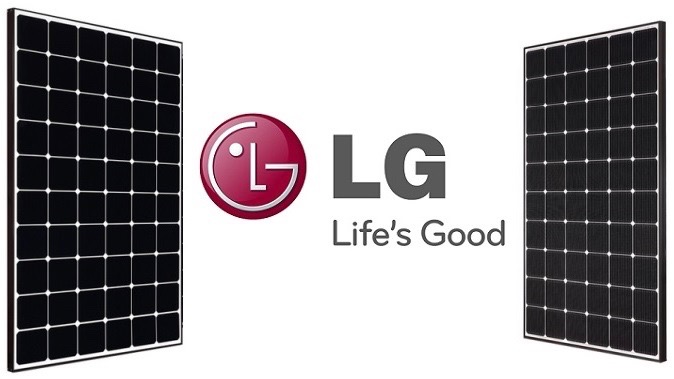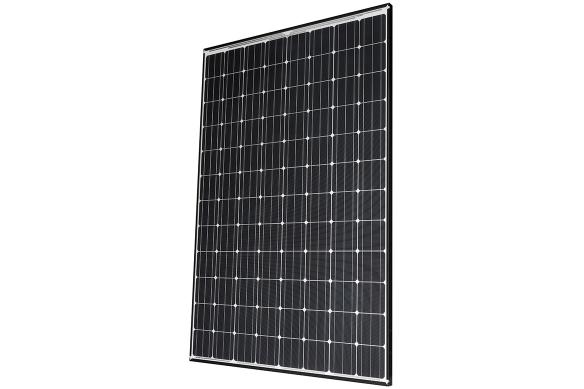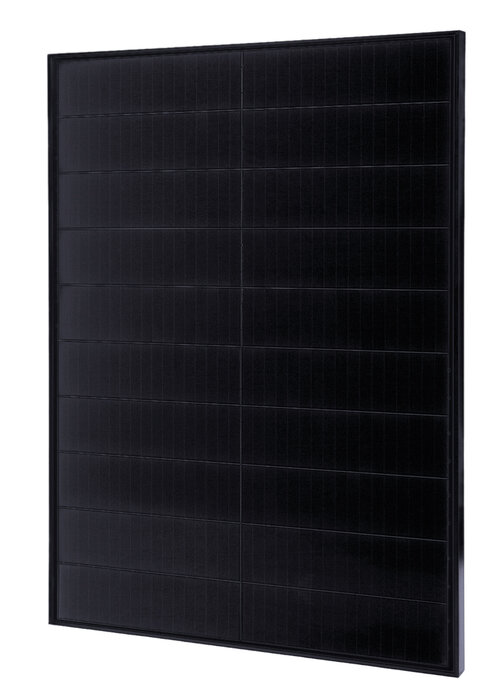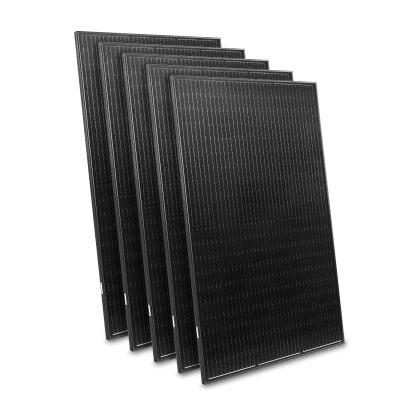There’s a good chance you’ll come across a few houses in your area with solar panels on their roofs. Once a niche investment, solar panels are quite literally enjoying their day in the sun (and moon). More and more companies are offering solar options, and with enticing rebates and many other advertised perks, you may be asking yourself if you’ve missed the boat on solar benefits.
Under the right conditions, they can save you a good chunk of change on your electric bill, oftentimes netting you “extra energy” that you can sell back to your electric provider. But, when does it make sense to add solar panels to your property? We’ve designed this helpful guide to walk you through some of the fundamentals of solar panels, in terms of how they actually work and the types of things you should consider if you’re planning on adding them to your home.
How do solar panels work?
When you really break them down, a solar panel is nothing more than a big sheet of glass over a metal frame, with a patch of wiring that runs to your home’s main electrical panel. But it’s what goes beyond the seeing eye that really matters. Each panel is made up of a layering of silicon cells. Those of us who were listening during chemistry class will recall that silicon is a conductive chemical element. When sunlight hits the panel mounted on your roof, the silicon cells react by generating a flow of electrons.

This flow of energy is captured by the pathway of wires from the panel to your home, where through the power of inverters, the energy is converted from DC (direct current) to AC (alternating current). Every light switch you flick and outlet you use is running off of AC current. This entire energy-conversion process, from the panel to your house’s outlets, is known as the photovoltaic effect.
Solar panels, in addition to being wired to your home’s electrical, are also tied into your utility meter. The latter is key for you to be able to track the energy production of your home’s solar panels (more on that later). Simply put, the more energy your solar panels produce, the more solar energy your home will use, as opposed to power from your town grid.
The different types of panels
There are a few different types of solar panel designs. Some solar brands specialize in one design over another, where others may offer all three options. Like many purchases, panel design can be an intricate game of you-get-what-you-pay-for. Factors about your property, such as roof design and climatology, will also have an impact on what design is the best for your residence.
Monocrystalline and polycrystalline
Monocrystalline panels are composed of multiple rows and columns of silicon wafers that are placed inside of a single solar panel’s glass casing. When designing a mono-engineered panel, companies cut the silicon itself from a single crystalline of silicon. Mono-panels are typically the most powerful and also the most energy-efficient solution for a home, and this is because the silicon itself is essentially “uncut.” Mono-panels most often appear black. This is because of the way that the sun interacts with the silicon cells.

Then there are polycrystalline panels. The major difference between mono- and polycrystalline panels is that to save on production cost (and cost to consumers), poly cells are made by melting down multiple fragments of silicon crystals into one single mold. The rows and columns of silicon are then cut from this assembled mold and arranged inside the glass casing.

Poly-panels most often appear blue and often serve as a solid middle ground in terms of cost and efficiency.
Thin film
Lastly, we have thin film panels. These are the cheapest panels to install, and also the cheapest to produce. Aesthetically, these are most often the thinnest panel designs, too. This is because the actual silicon wafers are much smaller than the wafers used in mono- and poly-panel designs. While thin film panels can be the most financially enticing, and the most aesthetically versatile, these lower-cost panels are cheaper for a reason, as their power and production are often much lower than mono- and poly-panel options.

Thin film panels may appear black or blue, depending on what materials were used to make the panels. It’s also important to note that depending on what kind of casing your panel manufacturer uses, thin film panels may actually end up being the same size as a mono- or poly-panel.
Things to consider before purchasing
Here are some important considerations every homeowner should weigh before running out and signing up for residential solar.
Your electric bill
For the most part, those who spend more on their household electricity will typically reap the greatest benefits when it comes to solar technology. Many different factors can lead to a high electric bill, but high energy demand is chief among them. If you and your family are always running appliances and keeping the lights on, you’ve likely seen that reflected in your bill. If you find that your household is energy-heavy, it might make a lot of sense for you to invest in solar panels.

In situations where your solar panels produce enough electricity to start offsetting your energy usage, your electric bill can suddenly turn into a credit statement. What we’re referring to is something called “net metering.” This is a fairly normal incentive built into many grid agreements that allows solar-panel owners to sell back their unused solar energy to the town grid. This is a huge perk during summer months, when we see longer sunlit days.
Owning panels outright vs. leasing or renting
The quick answer is that if you can afford to pay cash for your panels, then pay cash. Homeowners who negate any kind of solar leasing will often break into the green in as little as 4 to 5 years. Imagine never having to pay your electric bill again. While this is every homeowner’s dream, not everyone can afford to make the kind of meaty transaction that solar systems require, with even basic panel packages frequently costing upwards of $15,000.
For those unable or unwilling to part with that much cash, there’s always leasing. Like a home or car loan, this allows you to pay for your panels over time. Say you have your panels installed in the middle of summer. A big pro with leasing is that once your system is live, you’ll be able to engage in net metering right away, as you won’t be in the throes of recouping a hefty cash purchase. With many solar brands, this can also take the burden off of homeowners when it comes to maintenance. Regular check-ups and round-the-clock service from your chosen solar brand are often built into lease agreements.
There’s also renting, but this option is certainly the least beneficial for homeowners. While things like maintenance and service calls are typical perks of renting, you’ll never actually own the panels — unlike with leasing — so the only thing you can bank on is saving money on your electric bill over time. And as we’ve learned, that depends on a lot of other conditions being satisfied, like roof pitch, time of year, and where you live, as sunny California customers can expect more from their solar panels overall than customers living in less sun-drenched parts of the country.
For the long-term, this also means things like no increase in property value, which is a big perk of owning or leasing.
Incentives and estimates
In cases where you may be on the fence when it comes to how you’re going to finance your solar system, be sure to check for state- and town-level rebates for residential solar production. Localized incentives can often offset the cost of your entire solar package by more than 50%!
If you’re interested in seeing how much solar panels can save you in the long run, this helpful calculator from EnergySage will show you your long-term estimated savings with panels, based on criteria like your average electric bill and local climatology.
Solar brands we recommend
Here are a few solar recommendations of our own. Please be aware that pricing and availability will vary based on location, so be sure to visit the linked sites below to get a better idea of what options are available for your specific zip code.
LG
We’ve come to expect great things from LG, and their NeON-engineered solar tech is certainly no disappointment. Jump over to their site to see what additional incentives you may qualify for!
Solaria
When it comes to Solaria, you’re getting meticulous panel design, particularly with their PowerXT lineup. High output, huge perks, and a 25-year warranty mean peace of mind for you and your homestead.
Panasonic
Panasonic’s HIT solar technology is built for years of strength and reliability. A 25-year guarantee and 24/7 support are also yours as a Panasonic panel owner or qualified leaser.
Vivint
With a pantheon of energy-saving products under their belt, Vivint is an easy go-to for solar technology. Head to their site for panel and pricing options, as well as incentives and further terms.







